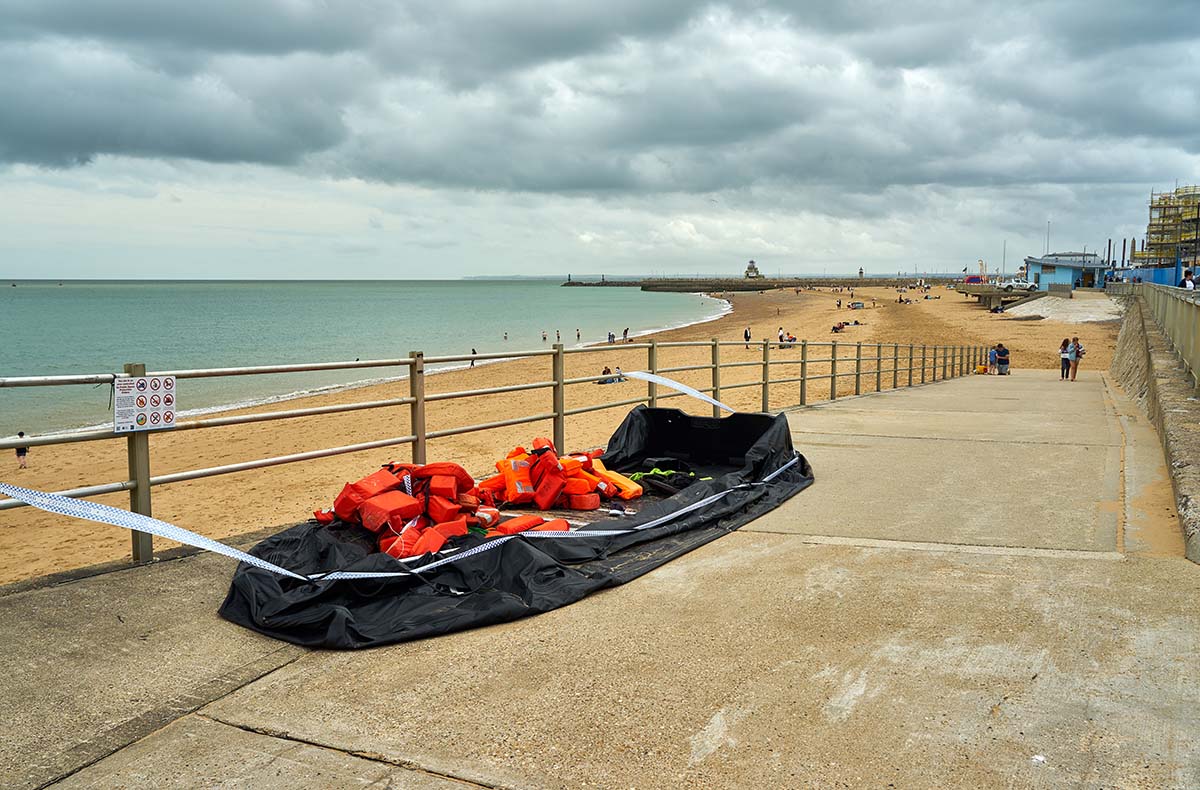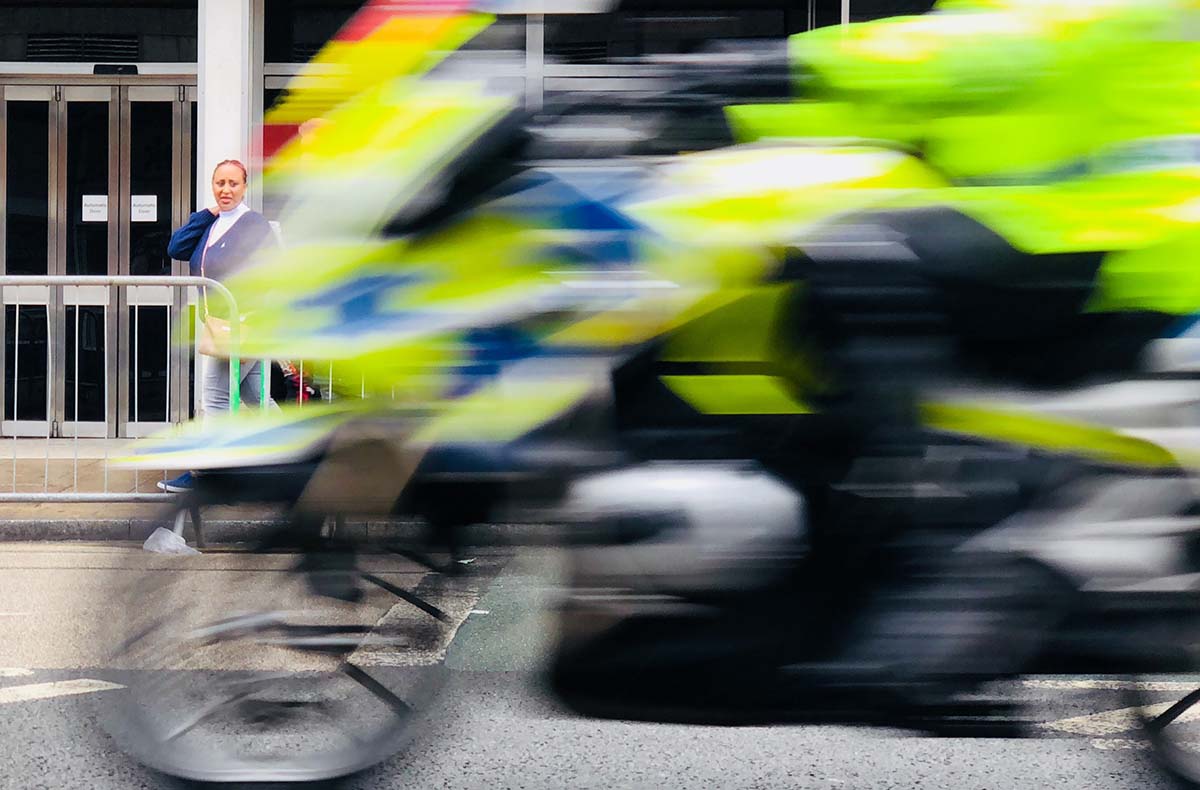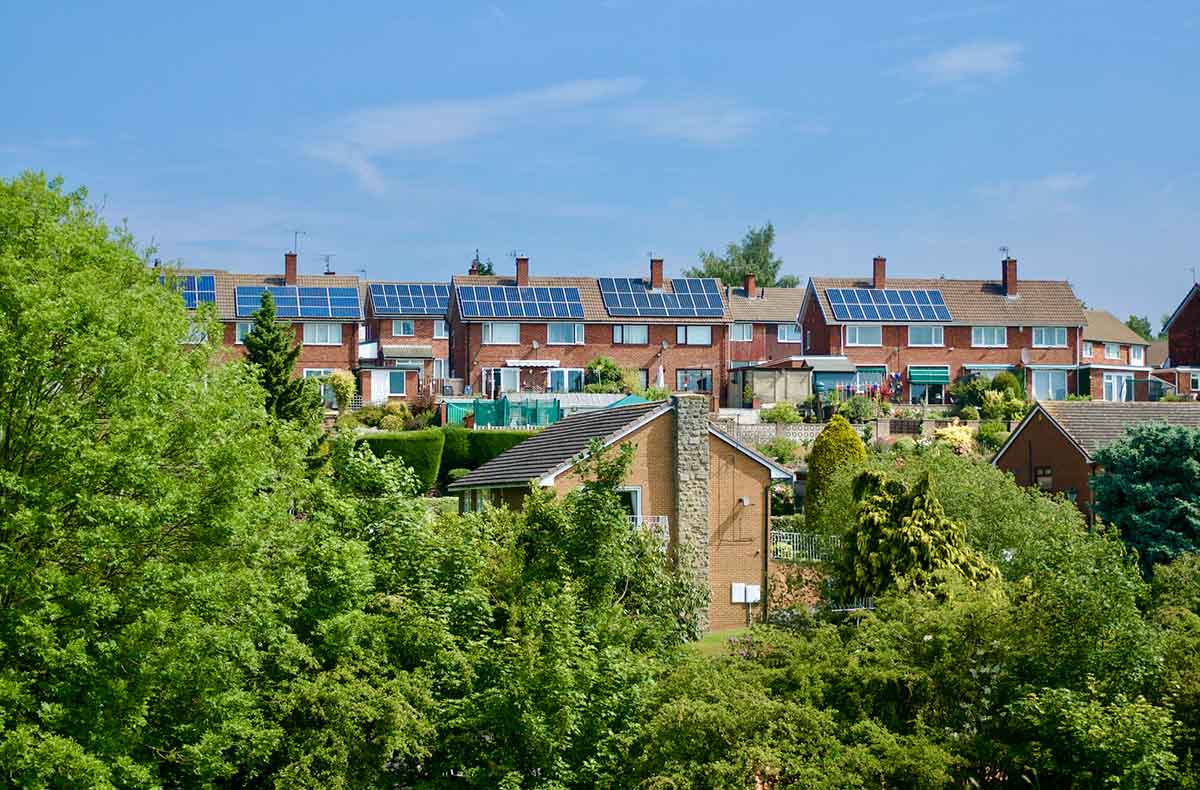
Prime minister Rishi Sunak’s New Year press conference outlining five key targets for 2023 surprised many people.
Why would a PM volunteer new benchmarks against which voters will judge him before a 2024 general election? The Conservative government is 20 points behind Labour in opinion polls, so some felt Sunak had created a problem for himself.
But once we scratched below the surface of the PM’s announcement, things became clearer. Four targets—halving inflation, economic growth, reducing national debt, and cutting NHS waiting lists—were not new benchmarks at all. They already existed as government or national ambitions.
Take Sunak’s inflation policy. The PM’s promise to halve UK inflation—currently 10.5%—by December aligns with existing Bank of England forecasts. So, if the BoE has correctly predicted global economic factors—a big “if”—then Sunak needs to do little to meet his target.
In reality, the PM’s “presser” attempted to set a low bar for public expectations. The big exception is Sunak’s fifth policy promise: tackling illegal “small boat” crossings of the English Channel.
Some commentators believe such crossings have fueled Britain’s current record immigration level. Sunak has vowed only to introduce new legislation to tackle small boats. The UK Home Office, plus police and border forces, face the tougher task of getting the numbers down.
But as is often the case with UK policy in this era of post-truth government, understanding the real impact of small boats is difficult. Not least because myths have grown up around the issue. Myths perpetuated by calculated misinformation or genuine misunderstanding.
So, what is the perceived problem? And what are the key myths that need busting?
On Wednesday, October 26, Home Office staff revealed that between January and September 2022, some 38,000 people arrived in the UK via small boats. Of those, 93% claimed asylum. Early estimates suggest a total of 45,000 people arrived throughout all of 2022: roughly the population of Llanelli in Wales, or Sierra Vista in Arizona (me neither!).
During the Home Affairs Committee meeting, Diana Johnson, Labour Chair of Parliament’s Home Affairs Committee, described the figure for new arrivals as “stark.” Sure. But it represents just 10% of the 500,000 UK immigration rate in 2021: a record figure lambasted by the UK’s reactionary Right.
So we can conclude that small boat crossings are not the biggest contributor to UK immigration.
According to oral evidence presented during October’s meeting, the number of boats bringing people illegally across the Channel from France during the first nine months of 2022 was 936: around 1,200 a year. That still represents a sophisticated and organized trafficking operation. And this market for organized crime exploiting vulnerable families is arguably the bigger reason the UK needs more eyes on the issue.
But here’s where the data beneath the political rhetoric gets interesting. Government ministers have claimed most people arriving in small boats are economic migrants, not asylum seekers fleeing persecution or war. Instinctively, one might believe that. These people take huge risks in dangerous waters, often in battered dinghies that could sink. So it’s easy to assume the majority are not legally entitled to enter the UK.
Not necessarily so.
In his testimony, Home Office asylum director Dan Hobbs stated that, of the 2021 small boat arrivals who had their asylum application processed, 85% received refugee status or state protection.
I must point out this represents 85% of the mere 4% of cases in which final decisions were made. It is possible that less legitimate asylum claims take longer to process because illegal immigrants mask their backgrounds and intentions. But where final decisions on 2021 arrivals were reached, most ended in legal refugee status.
As Diana Johnson said during the meeting: “That is very different from the statements made by the Home Office—that 80% to 90% of people coming across were economic migrants.”
Just don’t ask why Home Office capacity is so poor that 96% of 2021 cases have still not been completed: that’s a discussion for another day!
Another myth shattered by reviewing data on Channel crossings, rather than political or media narratives, is that the UK’s neighbors have failed to tackle the issue.
While 38,000 people and 936 boats crossed during the first nine months of 2022, the Home Office data revealed French authorities intercepted a further 28,000 people and destroyed 1,072 seized boats. Dan O’Mahoney, another Home Office director, told MPs: “That is really significant, and I pay tribute to them for that.”
Rather than sitting on their hands, as some British tabloids have unhelpfully implied, French authorities stopped 42.5% of those attempting to cross. So to dismiss France’s efforts smacks of cheap, flag-waving nationalism. Even if it fits the post-Brexit narrative of blaming others for the UK’s ills.
The reality is there’s some excellent work being done by UK and French authorities. They just face a tough challenge from organized crime.
Once you scratch below the surface of this sensitive issue, the situation is always more nuanced than some suggest.
This all makes me wonder why a serving PM facing a cost-of-living crisis and crumbling public services has made tackling small boat crossings a policy totem. Is Sunak simply pandering to the influential, often anti-immigration, Right of his party? It certainly feels like dog-whistle politics.



